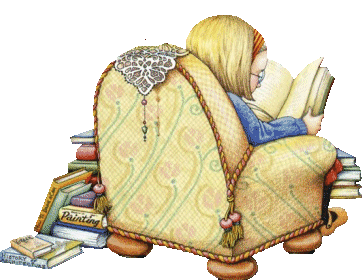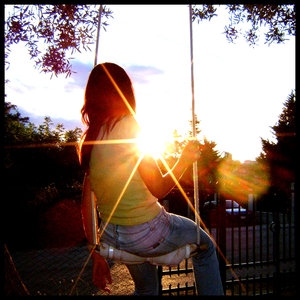Video title:Lipids and Membranes part 1 and part 2
Video tilte:Membrane Transport
Video Title:Cell Membrane, Active Transport
Video title: Cellular Transport through Proteins
In order to maintain homeostasis, cells require a mechanism for regulating the molecules that move into and out of the cell. The phospholipid bilayer membrane contains integral proteins that perform this regulation in three ways. Passive transport requires no energy or integral proteins, and involves molecules working with the flow of the concentration gradient to move from areas of high solute concentration to areas of low solute concentration. Facilitated transport also requires no energy, but uses the integral proteins embedded in the cell to facilitate the transport of molecules across the cell membrane. The last method of transport, active transport, requires both energy and an integral protein to transport a molecule across a cell membrane. Energy is required because active transport moves molecules from areas of low solute concentration to areas of high solute concentration, and thus works against the concentration gradient. With active transport, the integral protein captures the molecule it wishes to transport and pumps it across the cell membrane.

glitter-graphics.com













